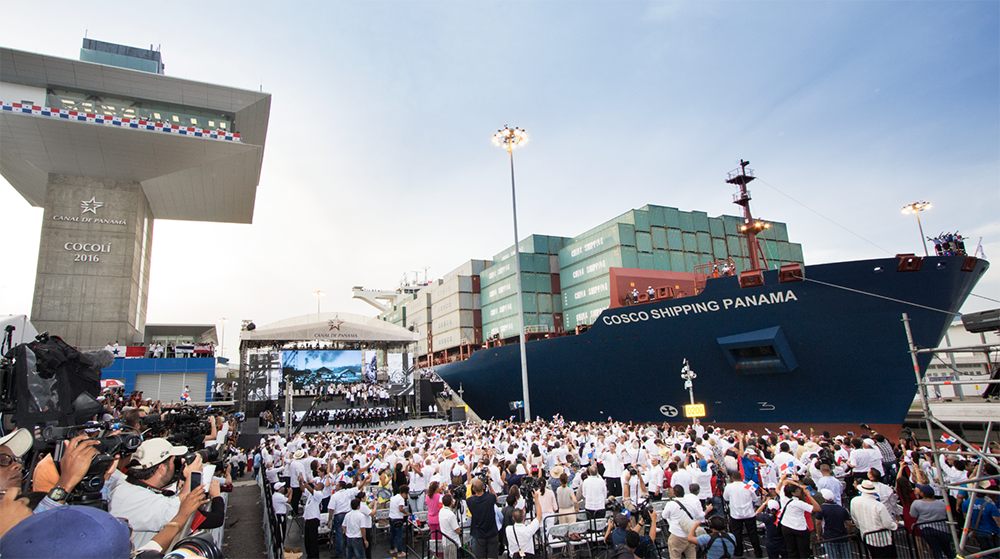The Panamanian carnival is to be enjoyed through color, music, celebration and much more. This is because in this Latin American nation, the Carnival has nothing to envy its famous counterparts in other parts of the world. On the contrary, the Panamanian carnival is recognized as one of the most colorful and appealing in the region and the globe.
The festivities in Panama last four days prior to Ash Wednesday. Mondays are the days filled with the most fantasy, while Sundays are a national holiday. “El Topon” starts on Wednesday at 5:00 in the morning, where they throw fireworks and rockers to signal that the carnival has ended.
The beginning of the carnival
The carnival in Panama starts on Friday night with the crowning of the Carnival Queen. After this festivity, the “mojaderas” and “culecos” begin in public plazas and private settings.
This tradition usually takes place starting on Saturday and goes on for four days. It entails water being thrown at the people through hoses from trucks and tanks, accompanied with ongoing music.
Carnival celebrations
The evenings and afternoons are even more special during Panamanian carnivals: parades and dance groups with spectacular costumes and allegorical floats accompany the carnival queens, filling the streets, plazas and avenues with people ready to enjoy the celebration.
However, the carnival is not only celebrated in Panama City; in different parts of the country the tradition endures and locals compete to win most colorful and ornate costume as well as most decorated float.
In towns such as Las Tablas, Río de Jesús, Villa de los Santos, Montijo, Chitré, Parita, Guarare, Santiago, Ocú, Pedasí, Penonomé and others, there is a great an ongoing tradition revolving around the carnival.
The burial of the sardine
This celebration marks the end of the carnival and the beginning of Lent. In Panama City, the Carnival queen and locals go to the streets crying as they carry a giant can of sardines that will be later buried.
In some towns in the interior of the country, the burial might be different. In some places there are firework battles where the loser is the person that runs out of cartridges to burn.
Carnavalitos
The carnavalitos are celebrated during the weekend of the following week after Carnival is officially over. It is an excuse to continue the party and the festivity invites locals and foreigners to continue partying.
Origins of the Panamanian Carnival
Records indicate that the first Panamanian Carnival took place during the Colonial era: people would dress up as the king and queen of Spain as well as soldiers, slaves and indians.
It was not until 1910 that they were considered an official celebration when the mayor of Panama at the time, José Agustín Arango, decreed it. An interesting fact is that the first Carnival queen was Manuelita Vallarino, who was considered one of the most beautiful Panamanian women.
This information was developed by Panama Living, a digital platform committed to collecting, researching and disseminating all the positive and necessary information about Panama, its diversity and opportunities. A country that can offer you all the necessary comforts to visit, invest and why not, to live. We want to make your interest in Panama a pleasant and relaxed experience.





